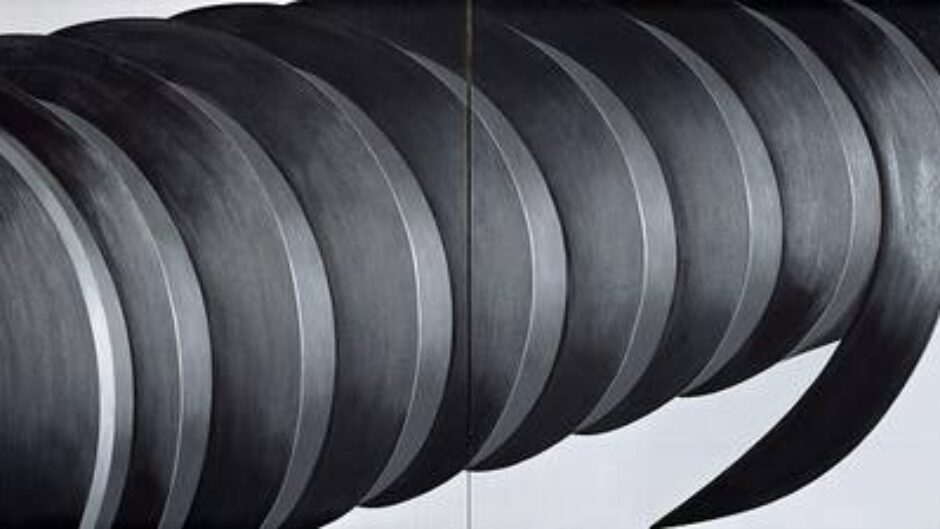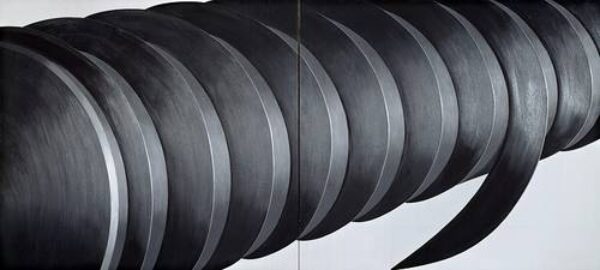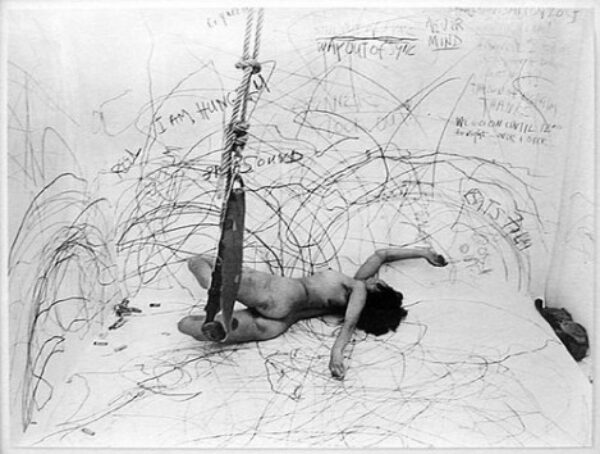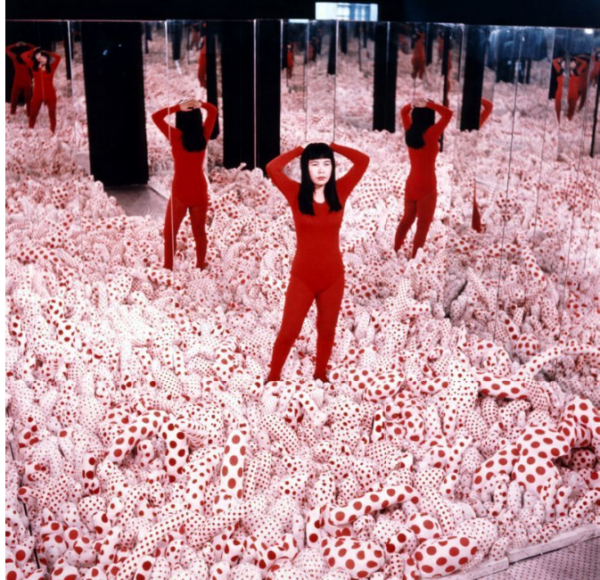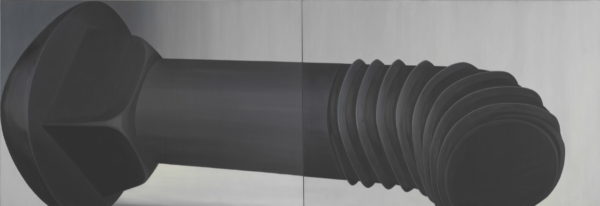During the 1960s various eccentric, erotic, ‘psychotic’, and ‘polymorphously perverse’ art works emerged in the New York art world. These unruly, often abstract, practices engaged a politics of Eros, and fluid notions of sexuality and subjectivity, through diverse formal, theoretical and political means. Artists we may look at include Judith Bernstein, Hannah Wilke, Louise Bourgeois, Lee Bontecou, Rosalind Drexler, Howardena Pindell, May Wilson, Eva Hesse, Yayoi Kusama, Lee Lozano, Marisol, Claes Oldenburg, Yoko Ono,
Lucas Samaras, Carolee Schneemann, Faith Ringgold, Noah Purifoy, Joan Semmel, Melvin Edwards, Paul Thek, Andy Warhol, and others. Using the terms ‘eccentric’, ‘erotic’ and the ‘psychotic’ as our guiding themes we will explore exhibitions, materials, art writing and criticism that challenged prevailing norms of what the work of art can or should be, and the new kinds of subjectivity these works in turn both produced, challenged and refused. The ‘sixties’ is understood both as a broadly porous chronological framework, and as a mythic ‘idea’ that continues to carry intellectual, political, and artistic importance today as is seen in much contemporary art.
Our thinking will be guided by themes regarding the body, technology, and failure, freedom and feminism, and the politics and aesthetics of breakdown, sexuality, and violence. The course will be taught by a combination of thematic seminars, focused case studies and visits.
In the event that a course leader is on sabbatical, takes up a fellowship, or otherwise is not able to teach the course, they will be replaced by another experienced course leader either for a semester or, in some cases, the academic year.
This year the Autumn semester will be taught be Luke Naessens.
Please note: whilst many Special Options will include site visits within the UK and further afield, these are subject to confirmation.
